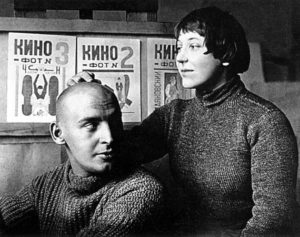
1891 - 1956
Alexander Rodchenko
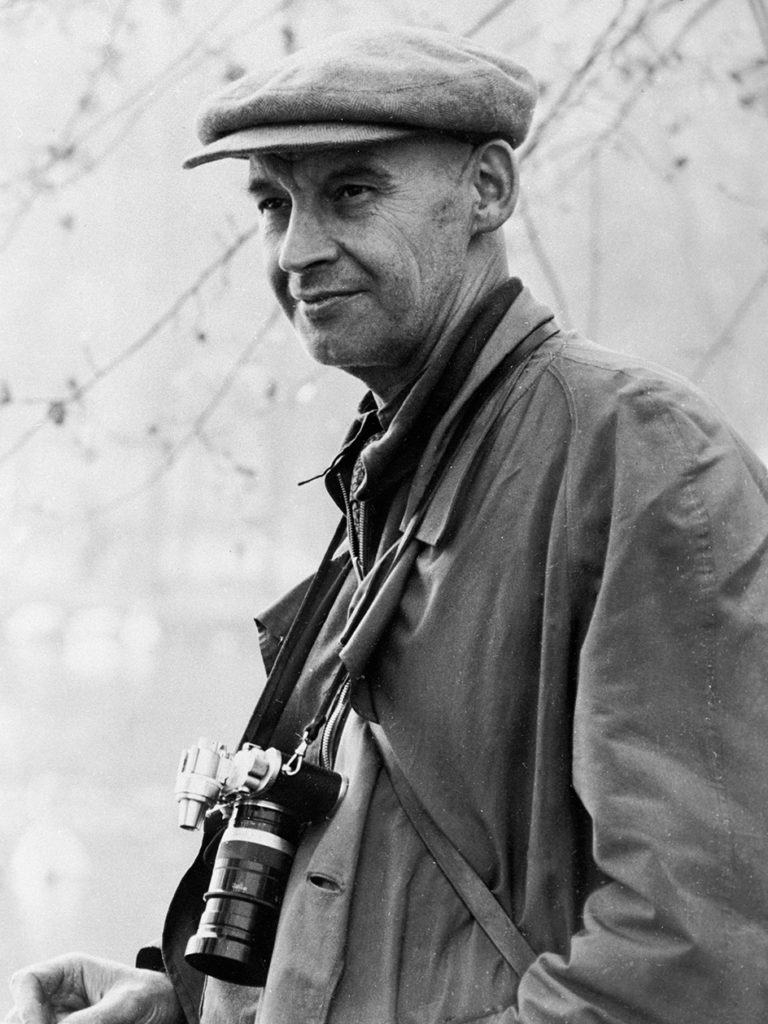
description
A Russian avant-garde artist, painter, graphic artist, master of art photography, poster artist, innovative photographer, sculptor, film artist. Alexander Rodchenko is rightly called the founder of advertising and design in the USSR.
Rodchenko, along with V. Tatlin, is one of the ideologists of Constructivism. He was an adherent of the art movement when the form in the art merges with its utilitarian function. His wife, artist and designer Varvara Stepanova, helped him to do researches in the field of constructivist practice; they created many projects together in 40 years. Alexander Rodchenko left a legacy of poster production, as well as book graphics, illustrating Mayakovsky and Kruchenykh, Khlebnikov and other avant-garde word masters. The master’s photographic works, his ideas in creating installations and in designing small architectural forms are very highly valued throughout the world. Cinema attracted the artist as a new technical art. Collaborating with avant-garde cinema, Rodchenko created posters for the film “Battleship Potemkin” by Sergei Eisenstein; later worked as a decorator and production designer of the film “Your Acquaintance” by L. Kuleshov.
Positioning himself after 1921 not as an artist-creator, but as an artist-designer, Alexander Rodchenko vividly responded to invitations to decorate cities, create posters, organize exhibitions and workshops. Being a professor of state-owned free workshops, he organized the work of one of the first design studio faculties in the USSR.
As an artist and photographer, Alexander Rodchenko is represented in major museums in Russia, Europe. His work “Black on Black” is in the permanent exhibition of the New York Museum of Modern Art.
Key ideas:
– The work of A. Rodchenko began with a linear and circular graphics and developed further in a series of cubofuturistic compositions with geometric abstraction techniques. The artist explored ways to combine interpenetrating planes with space, showing such examples at the 5th exhibition in Moscow (1918).
– Since the artist regarded his art as the invention of new possibilities and forms, in general, he considered creativity to be an experiment and search. For example, in some works he built a composition with a dominant color, distributing the palette over the surface with slow changes, while in others he set the task to make the texture the main formative effect. To do this, he covered some areas in the painting “Black on Black” with lacker, keeping others matte. At the same time, the border of the texture is perceived as a shape outline, and the combination of differently processed planes creates an expressive effect.
– Having completed the cycles of the compositions “Color Concentration”, consisting of round shapes glowing with their strokes, the artist fixed his creative credo in the manifestos “Experiments” and “Line”, in which he affirmed the beginning of using the line as a valuable form, including indirect.
– In the text for his automonography, Rodchenko summed up, «I consider the stage I passed in art to be important for leading it onto the path of the initiative industry”, thus marking his transition to “production art”.
– In addition to graphics and easel paintings, Alexander was engaged in spatial structures. He completed three cycles of work, introducing the principle of structurality and regular geometric construction. His series «Folding and disassembling” consisted of cardboard flat elements that docked on the sidebars. The second one, “Light Reflecting Planes”, was composed of freely hanging plywood mobiles. Rodchenko used wooden blocks connecting them according to the combinatorial principle for his third work titled “By the principle of identical forms”.
– The artist also became famous in the world art community for the art of photography, poster collages and design work, including in the film industry.
1891
1911
1916
1918
1920
1921
1925
1927
1932
1941
1952
1956
The birth of the artist
Entered the Kazan art school
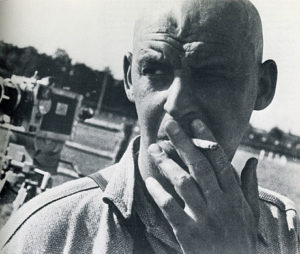
He moved to Moscow
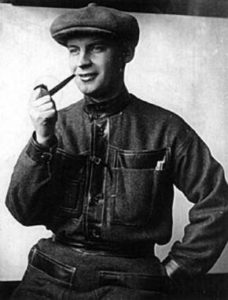
Participated in the 5th state exhibition (Moscow)
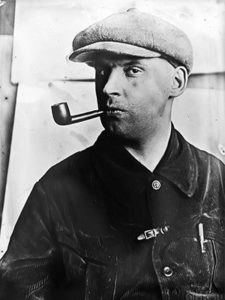
He was appointed professor at the Faculty of Painting at Vhutemas – Vhutein
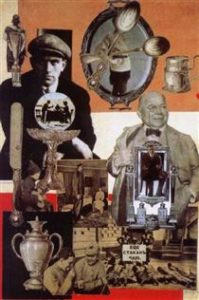
«5 х 5 = 25»
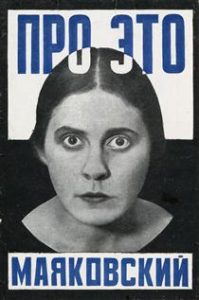
He created posters for the film “Battleship Potemkin”
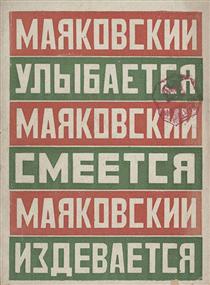
He designed the book of I. Ehrenburg about cinema
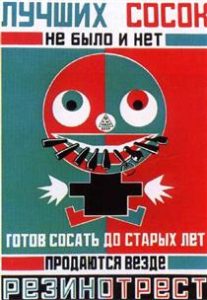
The artist was admitted as a book illustrator to the Members of the Moscow Union of the Artists
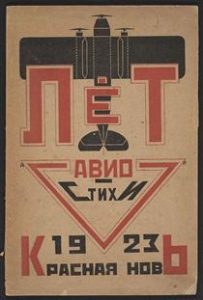
Was evacuated with his family to Ural
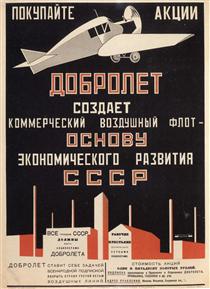
He was expelled from the Union of Artists of Moscow
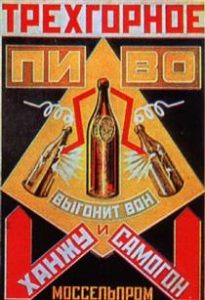
The death of the artist
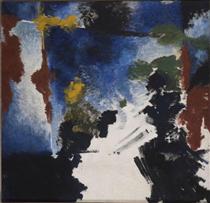
Alexander Rodchenko
On Artist
flow
Suprematism
Cubofuturism
Abstract art
Конструктивизм
friends
Vladimir Tatlin
George Bogdanovich Yakulov
Alexey Mikhailovich Gan
Lyubov Popova
artists
Nikolay Feshin
Kazimir Malevich
By Artist
flow
Constructivism
friends
Vladimir Tatlin
El Lissitzky
Alexandra Exter
artists
Varvara Stepanova
Alexander Vesnin
Alexander Deineka
Alexander Nikolaevich Lavrentiev
